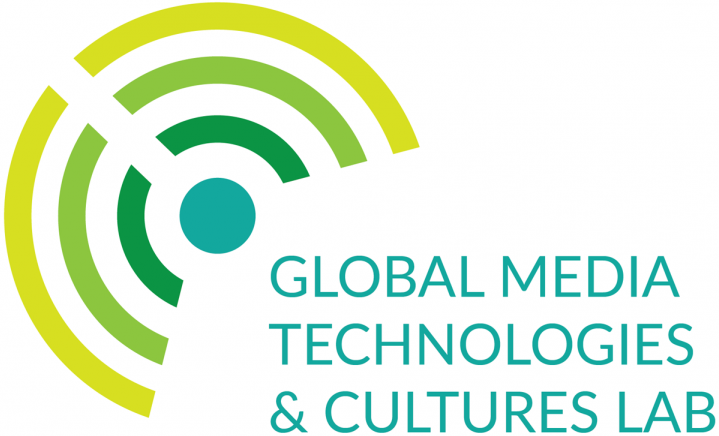Published on July 2nd, 2020
Written by Daniel Carter
Download the zine Cable TV Infrastructures: A Glossary of Illegal Access here.

Figure 1. Sketch based on photo posted to reddit.com/cablefail. Source: Cable TV infrastructures: A glossary of illegal access
I started thinking about creating the attached zine, Cable TV Infrastructures: A Glossary of Illegal Access, when I heard a podcast advertising a VPN service with the pitch that it would allow you to easily access Netflix libraries licensed for other countries. I felt irritated by how boring and dematerialized this version of media piracy was, as if stealing was the same as ordering takeout—like so much else, just a matter of dialog boxes. I wanted theft to involve knowledge and exploitation. I wanted what you get from a good heist movie: an expert’s tour of infrastructure.
I’ve been drawn to study infrastructure because of an interest in the knowledge required to exploit and innovate (highlighted in the work of researchers such as Ash Amin, Brian Larkin, Saskia Sassen, and Jonathan Silver). I find contexts in which people understand the fundamental workings of their world hopeful—and by extension I found the dematerialization of theft implied by the VPN ad disappointing. While VPNs are inherently tied to geography and the physical location of servers, in the days after hearing that ad, I kept thinking instead about cable television and the little I knew about how people had illegally accessed premium content before all content was digital.
Researching the theft of paid cable television content became in part a nostalgia project, a way to learn about infrastructures that I largely missed because I was born too late and grew up outside of dense urban areas. It was also an opportunity to go back through old communication formats such as BBS postings and the classified sections of hobbyist magazines and to think about how the knowledge of technical exploits was communicated in a different time.
In the zine I lay out some of the main components of cable infrastructures. Because the described infrastructures are no longer in use (at least where I live, in the United States), I was primarily concerned with recovering what was known and documenting what access and exploitation looked like in the time just before content became digital.
Bio:
Daniel Carter is an assistant professor in the School of Journalism and Mass Communication at Texas State University. More about his research is at http://danielcarter.github.io.
